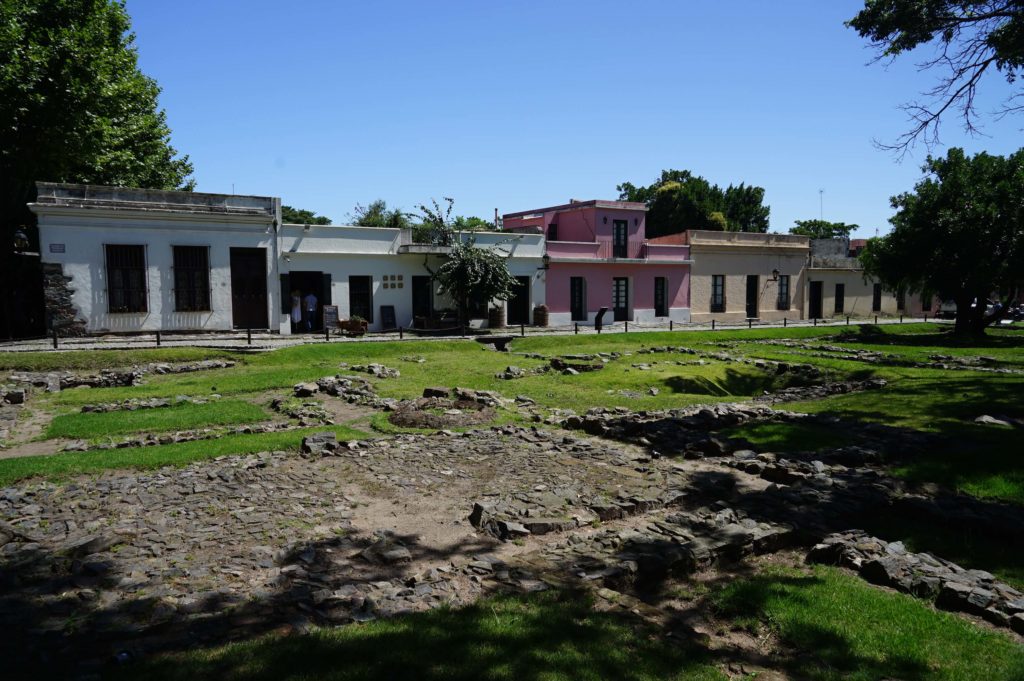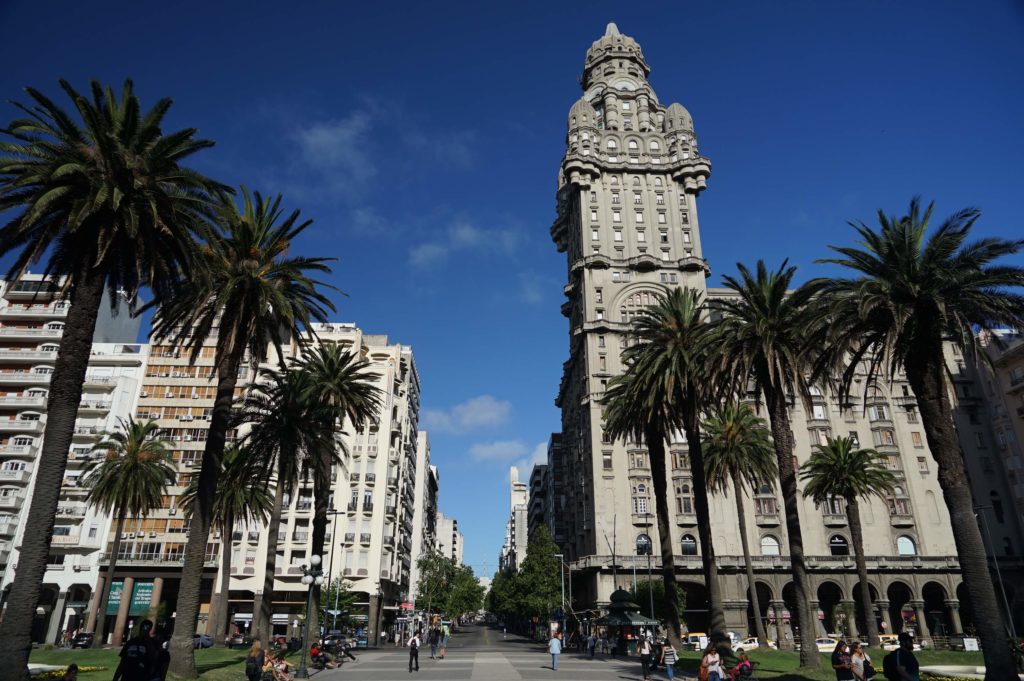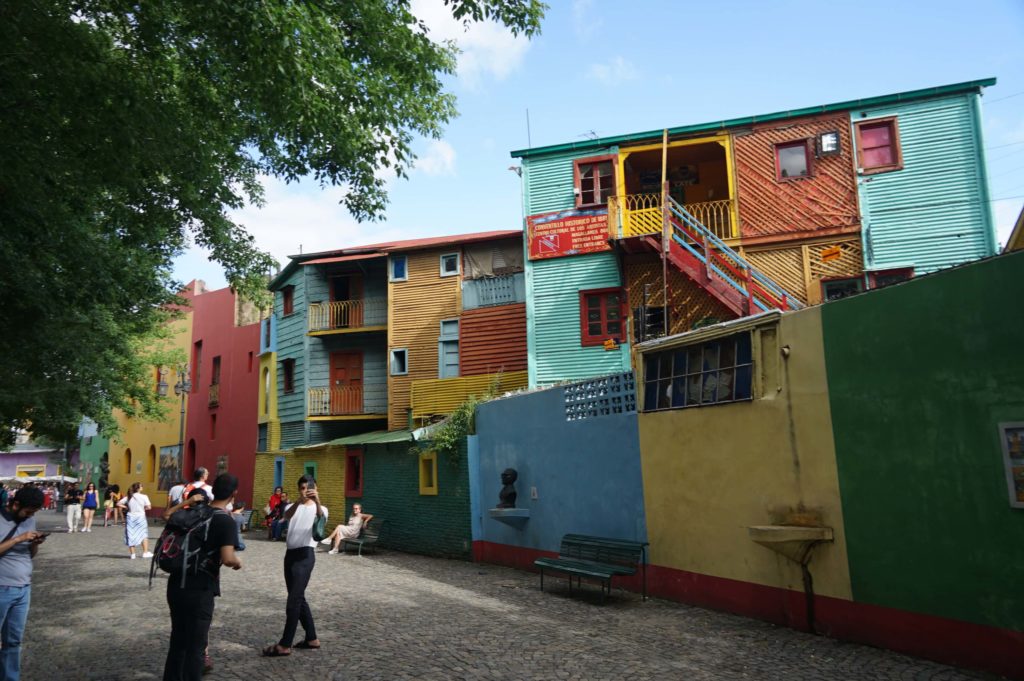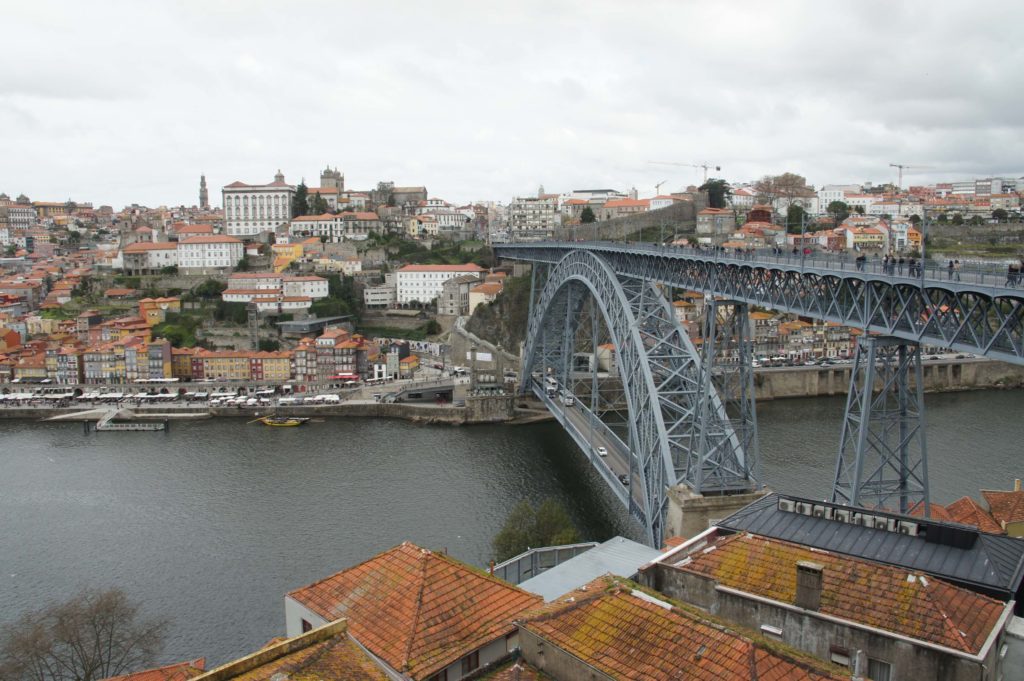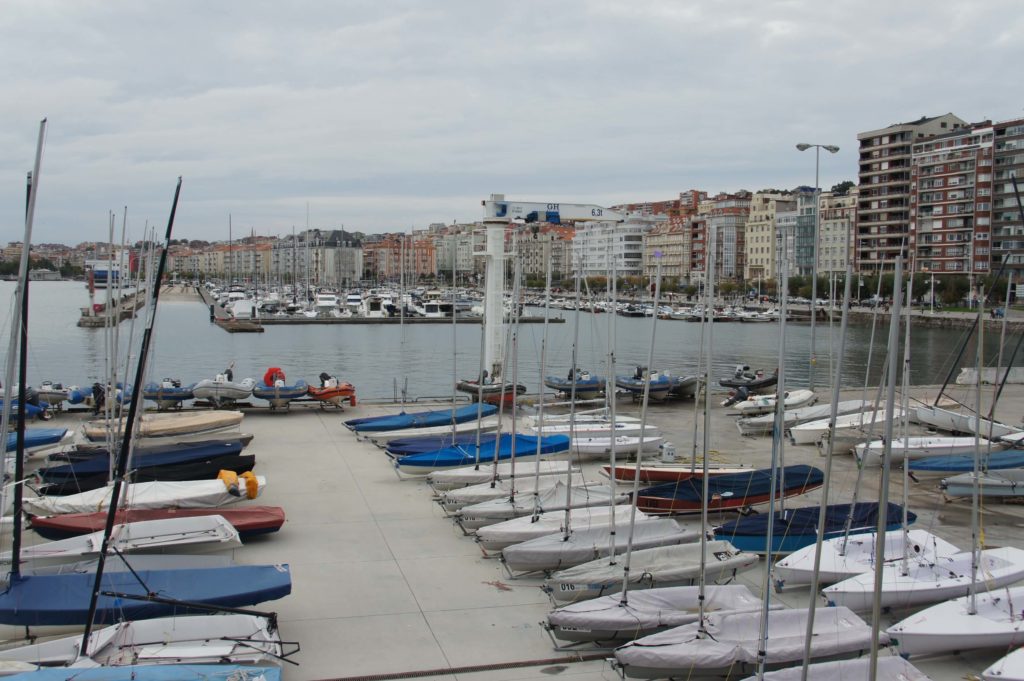Colonia del Sacramento – Uruguay
Best preserved colonial city in Uruguay
One of the highlights of coming to Uruguay is taking the chance for visiting the oldest and best preserved colonial city in the country, the small Colonia del Sacramento right along the Rio de la Plata estuary and directly opposite Buenos Aires. You can see one each other from the shore. But before continuing, let me define a bit more what best preserved and oldest city means here: basically, do not expect a wonderful city like the ones you can see all over Central America, notorious example of glorious Antigua in Guatemala. Colonia is very small and lacks that opulence and flair. Take a remote, small and possibly unknown village in Spain or Portugal, and you have what you are about to visit here. Yes, it is a nice place, with a charm, but little more than that. In the other hand, expect lots of tourists from all over the world, it is the most visited place in the country.
Colonia was founded and developed by the Portuguese who had several posts along the Rio de la Plata, coexisting with the Spanish where several times conflicts and wars changed the hands to the Spanish and back to the Portuguese. Destruction and reconstruction until the early 18th century when after the Treaty of Utrecht it was handed back to Portugal who transformed it into the most wealthy and best defended city in the Rio de la Plata region. Fallen in the hands of Spain on several more occasion through the century, it can be said that it was never part of the Spanish Empire for longer than 20 years. Uruguay became an independent nation in 1828.
Considering as an average tourist you can fully explore in one day Montevideo, the country’s capital, then why not enjoy a day out here! Easy to come, bearing it’s 3 hours away by bus or car from Montevideo, or merely hour and a half from Buenos Aires by high speed boat and easy cross-country border formalities. What’s best, no need to scramble your head thinking what to do, what to see and how to plan a best route. Everything, everywhere is walking distance next to each other, plenty of restaurants, bars and cafes.
